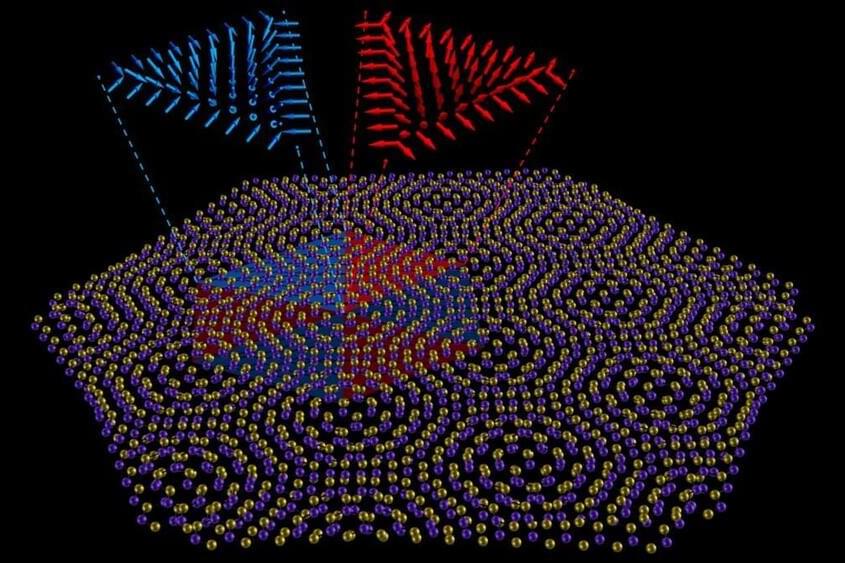Cambridge researchers have discovered a new topological phase in a two-dimensional system, which could be used as a new platform for exploring topological physics in nanoscale devices.
Two-dimensional materials such as graphene have served as a playground for the experimental discovery and theoretical understanding of a wide range of phenomena in physics and materials science. Beyond graphene, there are a large number 2D materials, all with different physical properties. This is promising for potential applications in nanotechnology, where a wide range of functionality can be achieved in devices by using different 2D materials or stacking combinations of different layers.
It was recently discovered that in materials such as hexagonal boron nitride (hBN), which are less symmetric than graphene, ferroelectricity occurs when one layer slides over the other and breaks a symmetry. Ferroelectricity is the switching of a material’s electric dipole moment with an electric field, which is a useful property for information processing and memory storage.
